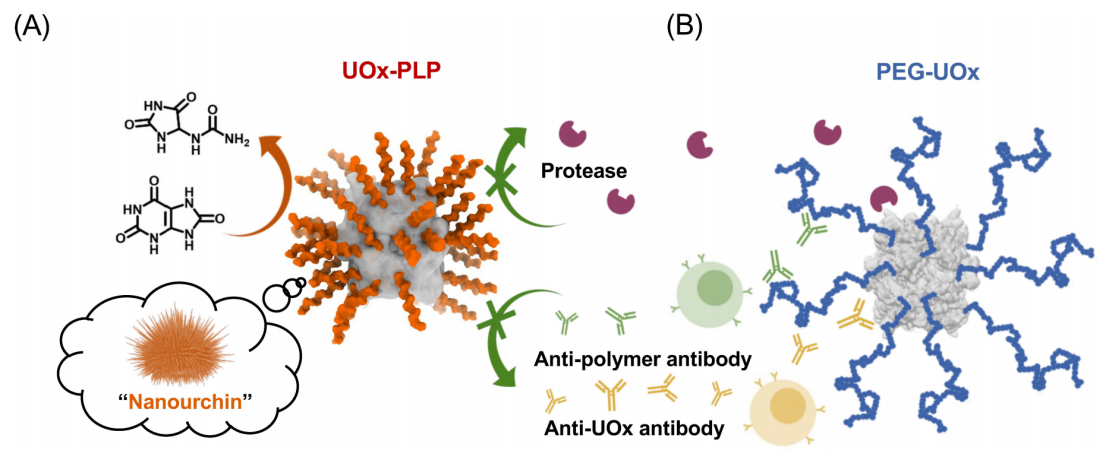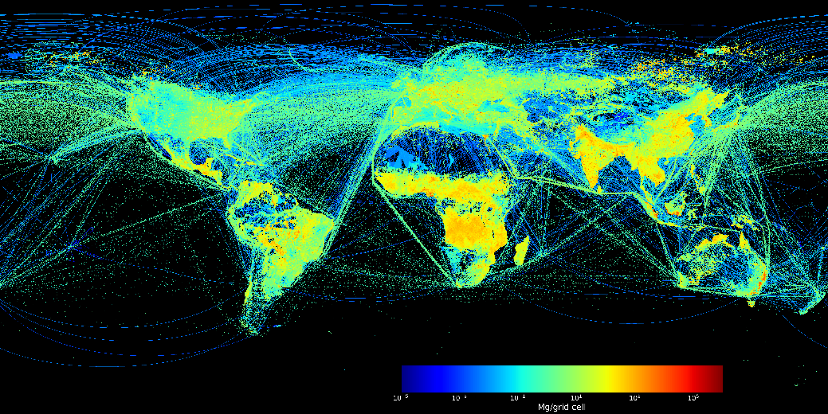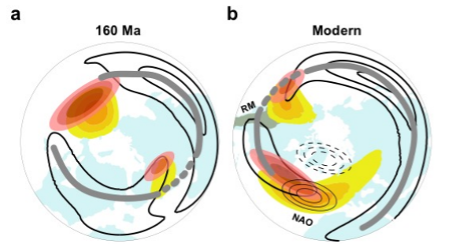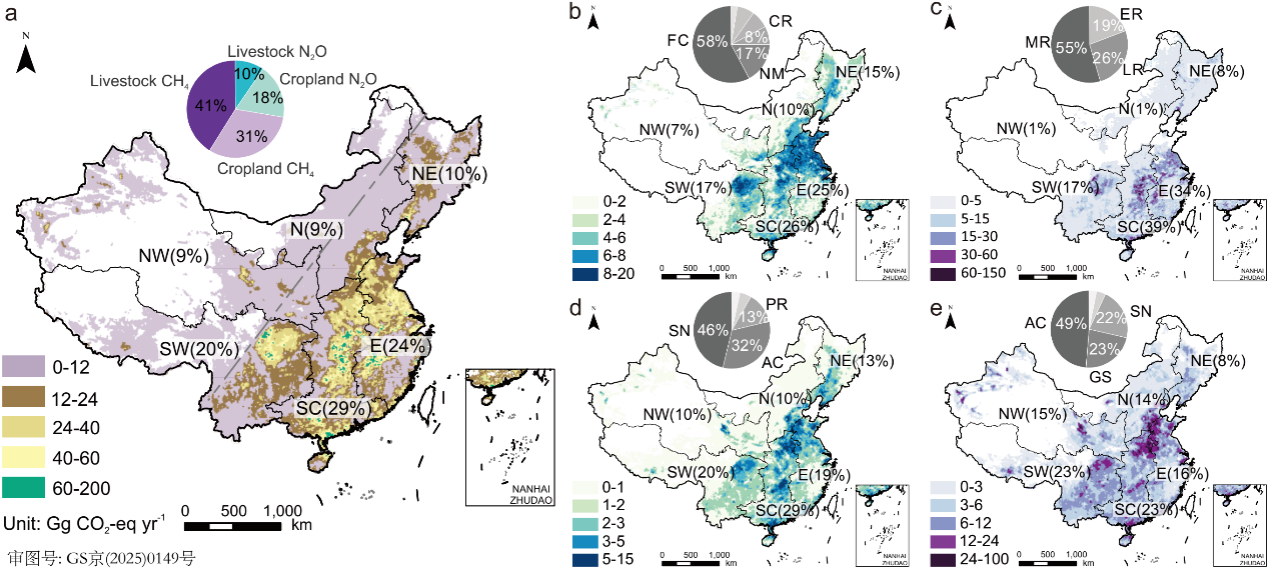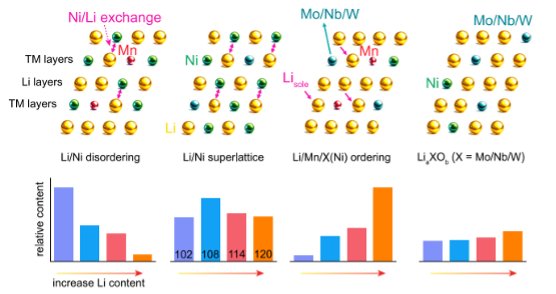Peking University, March 27, 2025: New hope in reducing maternal mortality, potential new medicine to cure chronic diseases, a step closer to combating climate change… These are the latest science breakthroughs at PKU.

1. Shedding light on the mechanism that leads to Postpartum hemorrhage(PPH), the leading cause of maternal mortality worldwide, teams led by Zhao Yangyu, Chief Physician of Department of Obstetrics and Gynaecology of Peking University Third Hospital, and Wang Wei, associate professor at School of Basic Medical Sciences, elucidated for the first time how oxidative stress and immune-inflammatory factors can cause atonic PPH, which occurs when the uterine muscles don’t contract enough to clamp the placental blood vessels shut after childbirth, and accounts for 70% of all PPH. Their research was published in Redox Biology in February 2025.
2. Hyperuricemia and gout are becoming increasingly common chronic diseases, afflicting up to 25%-30% of adult male in certain regions in China. As the existing therapy used in preventing these diseases, called PEG-UOx, can induce antibodies and reduce its own efficacy, a joint research team set off to find an alternative. Led by Lyu Hua, Professor at PKU, Luo Xiaozhou, Academician at Chinese Academy of Sciences, and Yang Yuhe, researcher at National Center for Nanoscience and Technology, the team published a research which reported a simple “grafting-form” preparation called “UOx-PLP”, showing outstanding nonclinical results compared to PEG-UOx.
Figure 1 The “grafting-form” approach
3. Peking University and the Southern University of Science and Technology have unveiled the Global Emission Modeling System (GEMS), a revolutionary platform designed to address climate change and air pollution through high-resolution emission analysis. GEMS is a high-precision global emissions database that tracks 10 pollutants across 225 countries and regions, spanning 320 years(1700–2019) and at an unprecedented 0.10 x 0.10 spatial resolution. Leveraging historical data, predictive modeling, and cross-border collaboration, GEMS empowers science-driven strategies to balance economic growth with ecological sustainability.
Figure 2 Global PM2.5 emissions
4. A simulation on the origin and evolution of North Atlantic Oscillation (NAO) has been conducted by a PKU research team led by Nie Ji, Associate Professor of School of Physics, and Hu Yongyun, Dean of Institute of Ocean Research, along with a research team from National Natural Science Foundation of China, revealing the coherent relationship between NAO and the evolution of continents, mountains and oceans. Their study, recently published in Nature Communications, shows that the NAO was formed between 80-60 million years ago, driven by expansion of North Atlantic Ocean and temperature differences between land and sea.
Figure 3 Atmospheric circulation in the northern hemisphere
5. CH₄ and N₂O are two potent greenhouse gases(GHG) and yet estimates of them have remained constrained, leading to poor understanding of their spatiotemporal dynamics and limited mitigation policies. To address this problem, Peking University’s Institute of Carbon Neutrality, in collaboration with other institutions, has built a highly precise estimation framework to track the evolution of non-CO2 GHG emissions across China from 1980-2023. The results, published in National Science Review, reveal that agricultural CH₄ and N₂O emissions have reached an estimated 722.5 million metric tons of CO₂-equivalent over the past 44 years.
Figure 4 Spatial distribution of agricultural CH₄ and N₂O emissions in China
6. To further commercialize Ni-rich cathodes, which are crucial in improving energy density in Li-ion batteries, a research team led by Pan Feng, Professor from the School of Advanced Materials, Peking University Shenzhen Graduate School, set off tackling common problems hindering its performance, such as structural degradation. Their research, published on Nature Communications, shows that they have developed two types of cathodes with high durability.
Figure 5 Lithium Occupancy Tuning Strategies in Cobalt-Free High-Nickel Cathodes
Written by: Kai Lim Leow, Thandi, Chai Seng Kit, Yang Yimeng
Edited by: Niki Qiu, Chen Shizhuo

